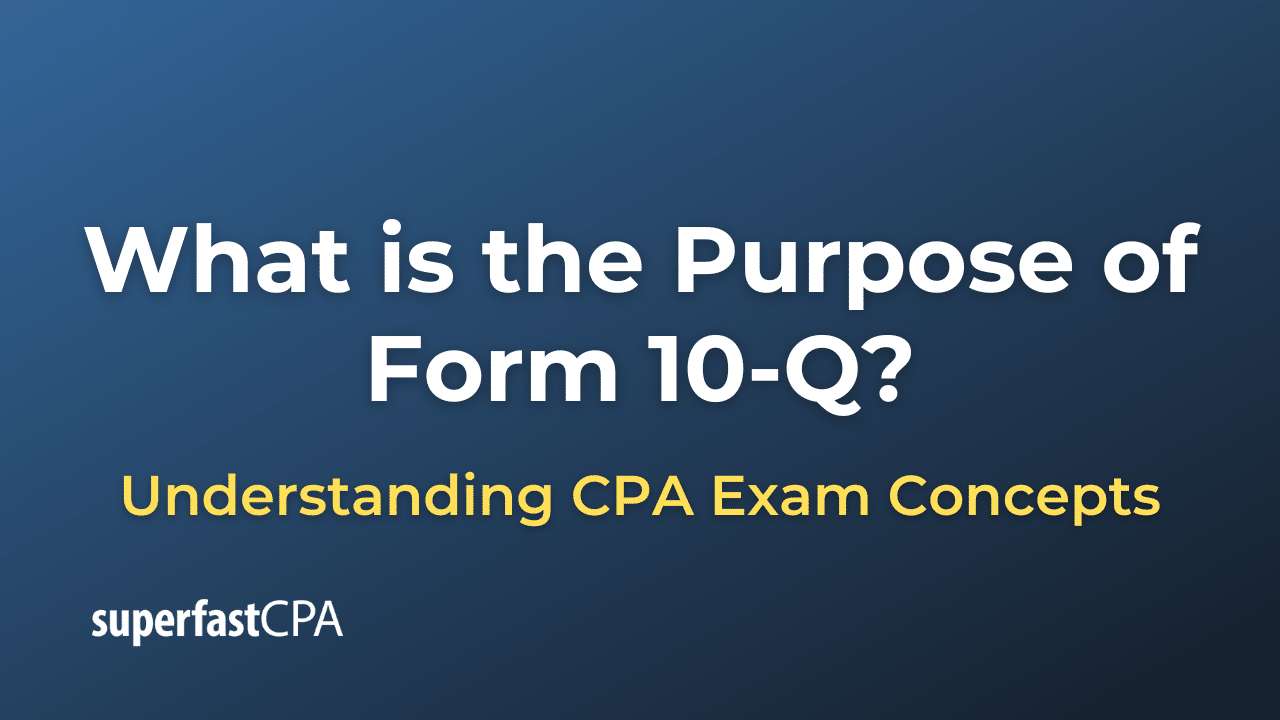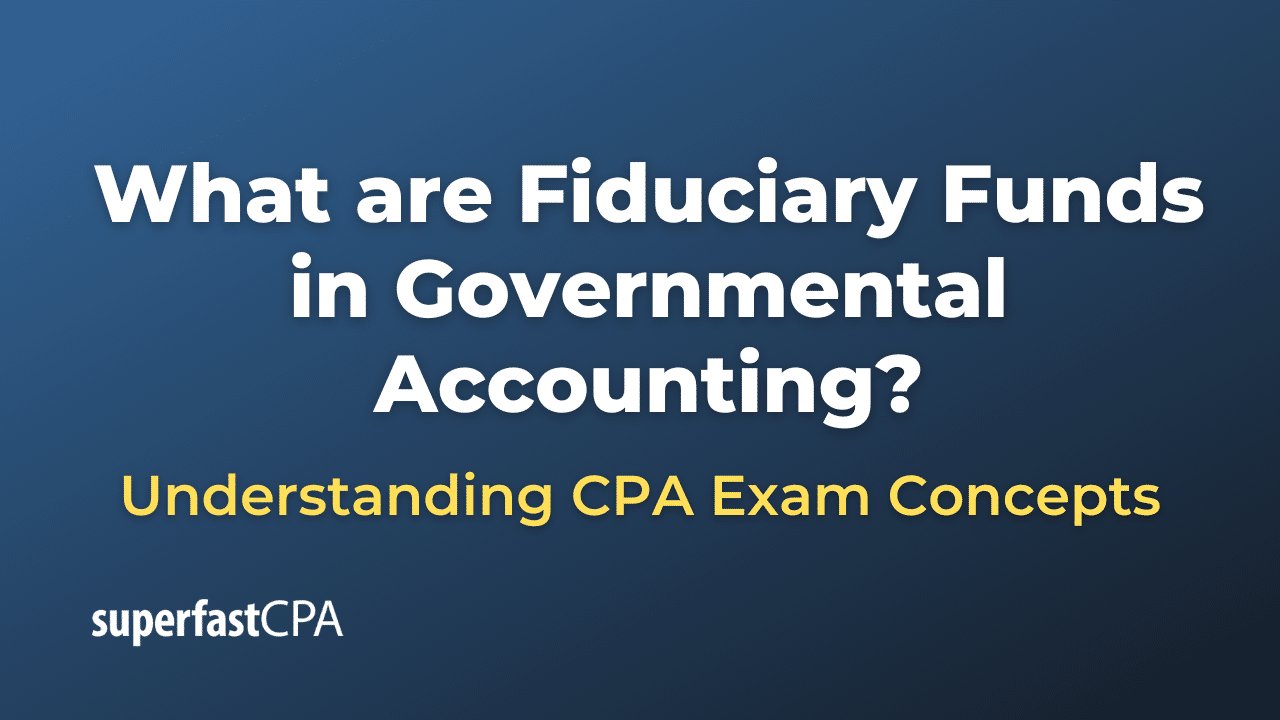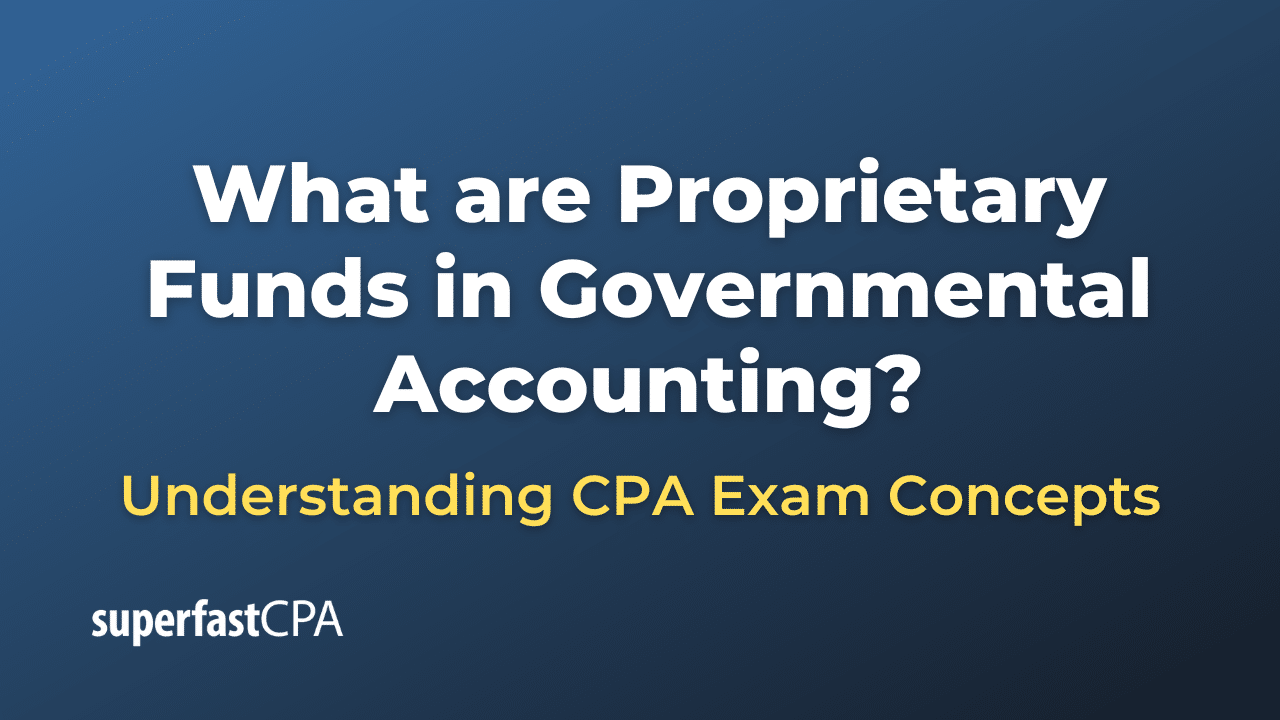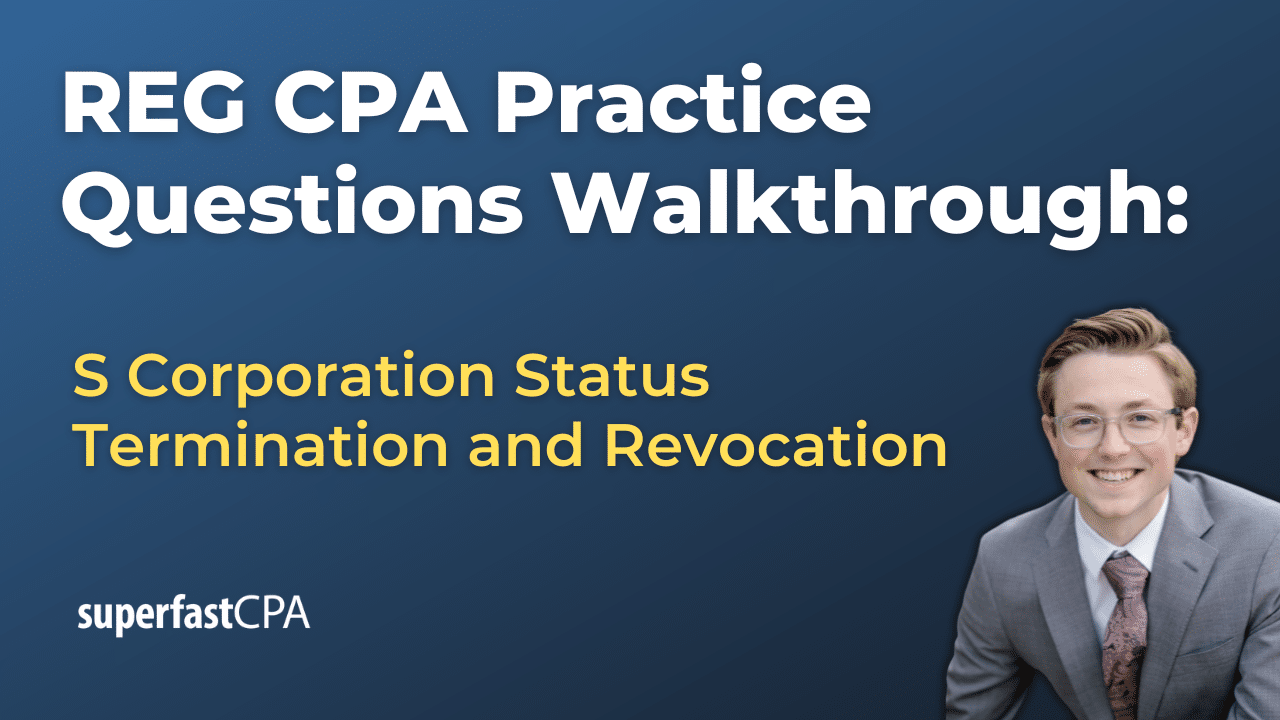Accounting Terms: H
Hierarchical Organizational Structure
High Turnover Inventory Systems
How a Profitable Business Can Run Out of Cash
How Depreciation Affects Cash Flow
How Dividends Affect the Balance Sheet
How Frequently to Test for Goodwill Impairment
How Many Budget Scenarios to Prepare
How Many Periods Does an Inventory Error Affect
How Revenue Affects the Balance Sheet
How Sales Commissions Are Reported in the Income Statement
How the Balance Sheet and Income Statement Are Connected
How to Account for a Sales Discount
How to Account For Accrued Rent
How to Account for Bond Issue Costs
How to Account for Cash Dividends
How to Account For Factoring Arrangements
How to Account for Land Improvements
How to Account For Leasehold Improvements
How to Account for Liabilities
How to Account for Prepayments
How to Account for Repairs to Factory Equipment
How to Account for Sales Tax Paid on Inventory
How to Account For Self-Constructed Assets
How to Account for the Sale of Land
How to Account For Unpaid Wages
How to Calculate Accrued Vacation Pay
How to Calculate After-Tax Cost of Debt
How to Calculate Break-Even Sales
How to Calculate Capital Expenditures
How to Calculate Contribution Margin
How to Calculate Contribution per Unit
How to Calculate Dividends Paid
How to Calculate Employee Turnover
How to Calculate Ending Inventory
How to Calculate Interest Expense
How to Calculate Inventory Purchases
How to Calculate Labor Productivity
How to Calculate Outstanding Shares
How to Calculate Payroll Tax Liabilities
How to Calculate Present Value
How to Calculate Present Value of a Bond
How to Calculate Real Interest Rates
How to Calculate Stockholders’ Equity
How to Calculate Straight-Line Rent
How to Calculate the Cost of Goods Sold
How to Calculate the Gain or Loss From an Asset Sale
How to Calculate the Market Value of a Company
How to Calculate Working Capital
How to Check for Accounting Mistakes
How to Classify Debt Due on Demand
How to Classify Debt With Covenants
How to Collect a Past Due Invoice
How to Collect Accounts Receivable
How to Convert Accrual Basis to Cash Basis Accounting
How to Convert Cash Basis to Accrual Basis Accounting
How to Create a Business Budget
How to Detect Fraudulent Financial Statements
How to Ensure a Proper Inventory Cutoff
How to Estimate Ending Inventory
How to Estimate Uncollectible Receivables
How to Get Venture Capital Funding
How to Handle Disputed Liabilities
How to Identify Obsolete Inventory
How to Improve Inventory Record Accuracy
How to Improve Operating Cash Flow
How to Improve Shipping Charge Revenue
How to Improve Working Capital
How to Improve Your Chart of Accounts
How to Post to the General Ledger
How to Prepare a Balance Sheet
How to Prepare a Cash Flow Statement
How to Prepare a Trial Balance
How to Prepare an Income Statement
How to Reconcile a Bank Statement
How to Reconcile Accounts Payable
How to Reconcile Accounts Receivable
How to Reconcile the General Ledger
How to Record a Credit Card Payment
How to Record a Loan Payment That Includes Interest and Principal
How to Record a Returned Deposit on a Bank Reconciliation
How to Record an Advance to an Employee
How to Record Construction-In-Progress Charges
How to Record Invoices With No Invoice Number
How to Record the Disposal of Assets
How to Reduce the Break-Even Point
How to Report an Error Correction
How to Report an Inventory Write-Down
How to Set up an Accounts Payable System
How to Start a Petty Cash Fund
How to Structure a Joint Venture
How to Take Write-Offs in Accounting
How to Use the Quick Ratio in Financial Analysis
How to Write off a Fixed Asset














